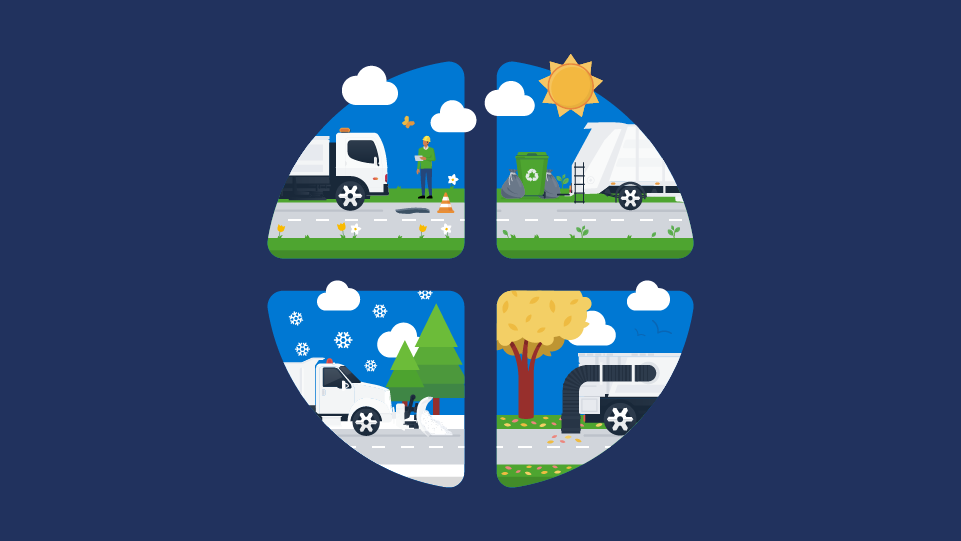The power of the cloud in telematics
More businesses are reducing expensive IT costs by moving their data and applications to the Internet — also know as the cloud.
By Geotab
Mar 8, 2023

More businesses are reducing expensive IT costs by moving their data and applications to the Internet, which is also know as the cloud. Internal economies of scale can be achieved when resources are easily shared across large networks, no matter the location or time zone. Tying together the power of computers and communications in a more cost effective way, cloud computing is not only growing rapidly, but also it is the next generation in computation as more individuals expect on-demand information.
Telematics technology is data-driven, and self-hosted environments that avoid the use of cloud technology mandates considerable costs associated with building and maintaining proper server infrastructures to host the collected data. A small business wanting to use telematics for their fleet would typically be required to do the following in a self-hosted environment:
- Purchase and configure a server to host the database
- Depending on the fleet size and the database technology used, the business may be required to purchase costly DBMS licenses from Microsoft, or Oracle
- Lastly, the telematics software must be installed and configured on all computers
In addition to the upfront cost and time required in an initial setup, the customer would be directly responsible for regular maintenance such as backups, upkeep on the database, and manually applying updates and patches on a regular basis.
By moving to the cloud, companies can get started in a matter of minutes with little to no overhead costs and minimal application maintenance time. As a core part of the cloud service, data is typically backed-up more frequently and protected at higher security levels. Businesses can focus their resources on managing their fleet, and not on their software. Because of the mounting benefits that simplifies daily work and eliminates unnecessary costs, using the cloud is becoming an adoptable technology for many organizations.
On a similar note, MyGeotab is one example of a cloud technology where software updates are included in the price and made available to all clients simultaneously thought a central server. Data is accessible from anywhere via the Internet, and any new software updates are rolled out quickly and seamlessly. The only infrastructure needed by software users is an Internet connection.
To learn more about Geotab’s cloud technology, please contact us.
Subscribe to get industry tips and insights
Geotab team
Subscribe to get industry tips and insights
Related posts

Collision avoidance systems: How fleets prevent incidents and improve safety
December 23, 2025
5 minute read

The $4B Crisis: Video Intelligence as the Answer to Fleet Distraction
December 2, 2025
3 minute read

The True Cost of Cargo Theft: When Customer Trust is on the Line
November 24, 2025
2 minute read

Law enforcement technology: Four trends to know for 2026
November 7, 2025
6 minute read

Four seasons of fleet intelligence with Geotab's Public Works solution
November 7, 2025
2 minute read

Infographic: What are the ripple effects of school bus driver turnover?
November 6, 2025
1 minute read